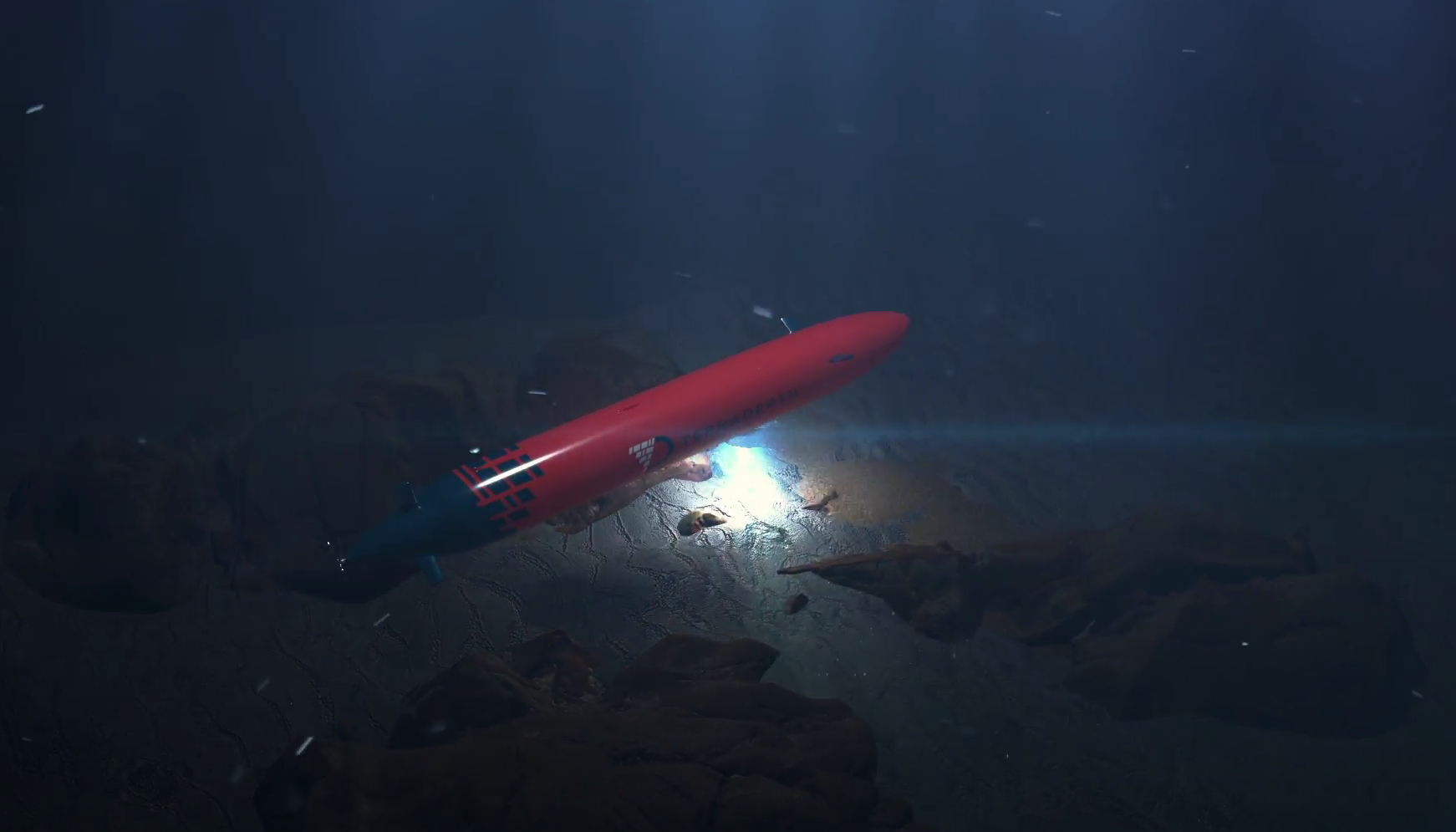
11 innovations deepening our understanding of the ocean through data
- 80% of our ocean remains unmapped, unobserved and unexplored.
- That is why it is so important to deepen our understanding of the ocean through innovation.
- UpLink and Friends of Ocean Action launched the Ocean Data Challenge, calling for solutions to boost ocean conservation and promote a sustainable blue economy.
- 11 winners have been selected and will become a part of the UpLink Innovation Network, gaining access to a mentoring programme and the World Economic Forum's network and partners.
Humans now have the ability to observe and understand the Earth’s surface with astonishing accuracy. Be it monitoring carbon emissions from a single source, documenting war crimes in conflict zones, or leveraging Internet of Things (IoT) sensors to detect wildfires, one could be forgiven for thinking we know all there is to know about our planet. Yet in reality, the majority of our planet, the ocean, remains a 'blue box' in comparison with our terrestrial environment.
The United States National Oceanic and Atmospheric Administration (NOAA) estimates that “80% of our ocean is unmapped, unobserved and unexplored”. Such a dearth of ocean data limits our ability to account for the value of the ocean, to make wise ocean management decisions, and to protect and conserve our marine ecosystems from existing and emerging threats. This is why the High Level Panel for A Sustainable Ocean Economy has identified Ocean Knowledge as an essential area of transformation needed to sustainably manage the ocean.
Rising to the challenge of deepening our understanding of the ocean are innovations in sensors, satellites, artificial intelligence, autonomous underwater vehicles and more. Seeking to elevate the best of these innovators, UpLink & Friends of Ocean Action launched the Ocean Data Challenge, supported by the Benioff Ocean Science Laboratory, Canada’s Ocean Supercluster, EMODnet, Fugro, HUB Ocean, Planet, The Economist Impact’s World Ocean Initiative, and Tidal | X - the Moonshot Factory. This challenge responded to the UN Decade of Ocean Science for Sustainable Development’s (UN Ocean Decade) call for the creation of a global ocean data ecosystem to connect businesses, organizations and government data providers.
The Ocean Data Challenge was a global call for start-ups and social enterprises that leverage and/or contribute to the global ocean data ecosystem and which demonstrate the applications for ocean data to boost ocean conservation and promote the sustainable blue economy. The identified innovators are working to advance our ocean knowledge in four important ways:
- Advancing ocean data analytics
- Generating community-level data and data designed to drive decisions
- Developing commercial uses for public or open-source data resources
- Building novel means of data collection

W-Sense has developed technology and data solutions enabling an “Internet of Underwater Things”. Their technology works with a wide range of sensors: up to 3000 meters data solutions permitting the operation of real-time monitoring networks across large areas, including multiple underwater assets.
Terradepth provides Ocean Data as a Service (ODaaS) beginning with their autonomous underwater vehicles (AUV) through to data delivery on their custom, cloud-based user interface. Terradepth leverages its technology and data platforms to make the ocean “virtual”.
Ocean Data Network turns fishing vessels into ocean data miners, equipping fishing gear with IoT sensors. This low-cost, highly scalable model is addressing critical ocean data collection gaps, particularly in coastal areas.
Ellipsis Earth has developed an end-to-end, AI-based technology that can use imagery from multiple platforms (drones, cameras, etc) to identify and map environmental waste by type, weight, volume, impact, carbon footprint, material, brand and recycling value.
BioConsult and HiDef Aerial Surveying LTD have developed the SPACEWHALE service which uses satellite imagery at a .31m resolution and AI to significantly increase our ability to map and count whales globally. Their technology can even distinguish between species and identify juveniles and adults.
SINAY combines various sources of ocean and maritime data with AI through its Sinay Hub, generating valuable insights for maritime stakeholders including offshore energy, ports, and shipping companies. Sinay also monitors air, water, and noise pollution to predict the impact on biodiversity and assists companies in reducing their environmental footprints.
Jet Connectivity is bringing the power of 5G to the ocean. Their first-of-its-kind buoy platforms can accommodate a variety of sensors, cameras, radars, etc., and transmit large amounts of data at high speeds. This technology has the potential to revolutionize the way and speed with which we collect, analyze and act on ocean data.
Planblue GMBH builds “underwater satellites” to generate highly detailed maps of the sea floor. With the assistance of machine learning, these maps can be augmented with precise estimates of the coverage and health of marine habitats like seagrass and coral.
Advanced Navigation seeks to create a “drone revolution” with its Hydrus underwater drone. This device features state-of-the-art maritime technology that, combined with its high portability and affordability, will make subsea robotics accessible to more people and companies than ever before.
BIOCEANOR combines the best of marine biology and data science to provide water quality insights that the aquaculture industry can use to optimize its operations. Their AquaReal service is the first in the world to provide advanced dissolved oxygen forecasting up to 48hrs in advance.
SeaSketch - is a powerful, unparalleled and open-source tool for ocean planning developed by the National Center for Ecological Analysis and Synthesis based at the University of California Santa Barbara. SeaSketch allows communities of any scale to identify important or valuable ocean places, what they do (e.g., fish), how they do it (e.g., what gear), what they may extract (e.g., what species) and the relative value (monetary, spiritual, time spent) of each space they draw.
VIEW ARTICLE HERE